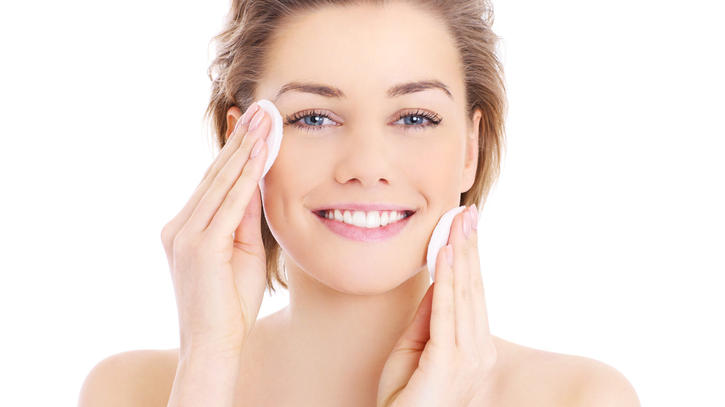Five beauty trends you should avoid
Before you jump onto any beauty or skincare bandwagon, because it’s fun and might give you an edge in the personal appearance stakes, make sure it’s a good bandwagon. You have the entire internet at your disposal for research; the only proviso is to make sure you get your information from credible sites – scientific papers, universities, professional organisations and other expert sources.
To save you some time, we’ve researched some new and not-so-new trends that are active in New Zealand. Here’s what we found:
Tanning clinics
In spite of a deluge of adverse publicity, you can still find tanning salons in New Zealand. These are frequented by people who either don’t read the news or don’t give a toss about their future good looks and health. There is strong evidence backing up the fact that indoor tanning beds and sunlamps emit the kind of ultraviolet (UV) radiation that can lead to premature skin ageing and skin cancer.[1]
But wait, there’s more! A 2010 study in the journal Clinical and Experimental Dermatology found that females, particularly those who are start tanning at a younger age, are vulnerable to developing a compulsive desire to tan. [2] Tanning can be addictive and, like many other addictions, it’s not a positive kind of addiction.
Braids, weaves and dreadlocks
A 2011 study published in the Archives of Dermatology concluded that getting braids or a weave may contribute to permanent hair loss. It’s linked to a type of hair loss called central centrifugal cicatricial alopecia, which occurs on the crown and can spread throughout the scalp. The study surveyed 326 African-American women and nearly 60% were found to have signs of advanced hair loss.
Even if you’re not African-American, there’s a risk of traction alopecia with tightly pulled braiding and ponytails. Dreadlocks are a problem toom because they weigh heavily on your hair follicles. If you stop with the problematic hairstyling early, traction alopecia is fully reversible and the hair can regrow. Symptoms of traction alopecia include:
- - a receding hairline typically around the forehead and temples
- - small pimples on the scalp or at the base of braids
- - scalp redness, itching and ulcers
- - a hair parting that’s widening
- - patches of thin or broken hair in places where the hair has been under strain
Tattoos
According to the Mayo Clinic, getting tattooed comes with a bunch of health risks, including hepatitis C, keloid scarring and granulomas. People who get tattoos are also prone to skin infections and allergic skin reactions. And if you get a lot of tattoos, the pigments can interfere with MRI scanning. [3]
If you’re still tempted to acquire permanent body art, you need to think hard about the pigments that are being added to your skin. Permanent tattoos are made by injecting an ink into your skin using needles. This creates a wound that your body wants to heal. Macrophages are sent to close the wound and consume invaders. That means they try to eat the tattoo ink. However pigment particles are too large for the macrophages to destroy, so they get stuck permanently in the dermis.
Old-school tattoo pigments were derived from mineral or geological sources, but in the last couple of decades tattoo ink manufacturers have moved to organic pigments, many of which were originally developed for industrial uses, like making paints and textiles. [4]
Contact lenses that widen your eyes or radically change their colour
A contact lens invention called ‘circle lenses’ makes your eyes appear bigger. While many would say that ‘big is good’ in the eye department, the wide-eyed look you get with circle lenses could cause serious vision problems. Circle lenses are commonly sold online, which means purchasers aren’t getting any help from an optician.
It’s never a good idea to buy contact lenses that haven’t been prescribed by an eye professional. This warning extends to fashion contact lenses that change the colour of your eyes. Complications include scratches on the cornea, corneal infection, conjunctivitis, decreased vision and even blindness.
Skin bleaching creams
Whitening your skin because you want to appear paler or hope to fade age spots can be a risky business. Some skin bleaching creams contact high levels of mercury, because it blocks the production of melanin in your skin. Mercury is a poison and exposure can lead to serious health problems. It can cause kidney damage, mess with your nervous system and interfere with foetal development. [5]
Always check the label of any skin lightening product – watch out for words like mercurous chloride, calomel, mercuric, mercurio or mercury. There are a number of effective skin lighteners that can be called ‘natural’ – kojic acid and lemon juice, for example.
[5]



Leave a comment
This site is protected by hCaptcha and the hCaptcha Privacy Policy and Terms of Service apply.